How Long Does Last-Mile Delivery Take?
Ryan Miller
August 14, 2024
.webp)
Many aspects of transportation and supply chain management have improved a lot over the last few decades, but the final mile of the supply chain remains a time-consuming burden. Businesses and customers both wonder, "How long does last-mile carrier take?"
From online retailers to regional construction material suppliers, last-mile carriers represent a major obstacle to efficient operations. But let's get the main question out of the way first.
There is no direct answer to the question "how long does last-mile carrier take?" It depends on many factors. There are a lot of moving parts. This article will explain why last-mile carrier times vary. We will also look at the challenges in final-mile delivery and how businesses can speed up delivery times.
What is last-mile carrier delivery
Let’s back up a moment and clarify what we mean by last-mile carrier delivery. It is the final step in product delivery when an item moves from a central hub to the door of a purchaser, whether a residence or business.
So last-mile delivery is not about a specific distance, but about getting a product to its last stop.
Understanding last-mile delivery timelines
Last-mile carrier delivery time usually takes anywhere from a few hours to several days. It depends on many factors.
In urban areas, expect delivery within a day or even the same day. This is due to proximity and efficient infrastructure. Rural regions can experience longer waits. Logistical challenges make precise timing difficult.
Variables such as traffic, weather, and the efficiency of the logistics company also play vital roles. These factors often impact delivery times considerably.
What slows down last-mile carrier
The difficulties involving last-mile delivery make it expensive and time-consuming. Last-mile delivery is the single biggest cost in the supply chain, accounting for over 40% of the fee. Let's explore what makes last-mile carrier take longer and make costs add up.
Inefficiencies in last-mile carrier
Multiple stops with few drops. Last-mile delivery requires “…transporting individualized shipments to distinct, often unreliable destinations through constantly changing routes,” notes Supply Chain Dive. Last-mile logistics are complicated because there are no regular routes that can be programmed and managed. Instead, each day is a new route.
Unpredictability in last-mile delivery
Adding to these challenges are uncontrollable variables like traffic congestion and weather conditions which can disrupt even the most well-planned routes. Navigating through different neighborhoods, dealing with unexpected road closures, and handling bulky or fragile items all introduce inefficiencies that slow down the process.
The complexity of route optimization
Route optimization remains incredibly complex in last-mile delivery. Algorithms and technology can plan but not predict every variable. Each delivery is unique, requiring frequent adjustments. Unlike long-haul shipping which benefits from predictable highways and logistics hubs, last-mile carriers must adapt in real-time.
Human element
Human error is another significant factor that affects how long last-mile carrier takes. Incorrect addresses, failed delivery attempts, and the need for customer interaction add unpredictability. Human involvement makes the process less certain. Training and retraining drivers is a continuous effort. They need to understand complex routes and delivery rules.
Customer expectations vs. reality
With the rise of e-commerce, customer expectations have soared. Everyone, even businesses, wants same-day or next-day carrier service delivery. Speed of delivery is important. This puts a lot of pressure on last-mile carriers to speed up the shipment timelines. This demand often stretches resources thin. It also adds to existing inefficiencies.
Location of recipient
The old real estate saying “location, location, location” also impacts how long last-mile carrier takes. Some shipment delivery-time promises are easier to deliver on than others. Getting a delivery to a destination on a suburban road is likely to go as planned. However, deliveries to rural locations and busy cities/downtowns can be difficult.
Receipt of delivery
Some deliveries can be left at the doorstep, in a lobby, or at a job site. But other deliveries need interaction with the package recipient. When another person is involved, the process becomes less predictable. Deliveries that need a signature or complex unloading may not go as planned.
High costs and low profit margins
Given all these inefficiencies, costs rise quickly. Labor, fuel, and vehicle maintenance add up fast, making last-mile delivery expensive. Individualized deliveries mean less cargo per mile covered. This results in a lower profit margin for businesses.
So, how long does last-mile carrier take? The time can vary a lot because of all of these challenges.
How to speed up last-mile carrier
So, it’s impossible for local couriers to navigate last-mile logistics and they might as well give up on any sort of time guarantee? No! You can turn these challenges into opportunities for improvement. Implementing advanced technology, investing in reliable vehicles, and continuous training for your delivery personnel can drastically improve last-mile efficiency.
Driver training
The changes in shopping brought on by the pandemic and accompanying shutdowns increased the challenge of finding qualified couriers for reliable carrier service. It’s up to businesses/courier services to properly train their personnel so they are equipped to handle challenges that may arise. Couriers need to be fully aware of issues that may arise and company policies on how to respond.
At Curri, we know how important reliable drivers are for last-mile delivery. We carefully vet the drivers in our nationwide on-demand fleet through a thorough screening process. This makes sure each driver in our network has the skills and knowledge needed. They can handle complex routes and unpredictable challenges.
Use last-mile carrier tracking
Modern technology has revolutionized last-mile carrier tracking. Real-time updates and predictive alerts keep customers in the loop. This advanced tracking gives you precise delivery windows. It helps you plan better. It also improves customer satisfaction.
Curri provides last-mile carrier tracking on all deliveries made through our platform. This tracking feature lets you and your customers monitor your deliveries. You can make sure they are on track. We also provide proof of delivery photos for added assurance. This all enhances speed of delivery and reliability.
Sending real-time updates like push notifications to customers also makes the delivery hand-off smoother. It reduces failed delivery attempts and helps customers be ready to accept deliveries.
Placement of fulfillment centers
Although it’s cheaper to build a fulfillment center in a more remote location, it makes last-mile delivery take longer. FreightWaves suggests companies “begin using fulfillment centers built in unusual places.” By shortening the last mile, couriers can reduce the time needed for delivery.
Creating strategically placed mini-warehouses can drastically reduce the distance for last-mile routes. This can lead to same-day or even within-a-few-hours delivery, meeting heightened customer expectations efficiently.
Optimize route planning
The tech stack available to help with logistics is wide and growing. Route optimization software like Curri's route planner improves last-mile delivery by using advanced algorithms to find the most efficient routes. This helps reduce delivery times and fuel costs and save hours of work every week.
The route planner eliminates issues before they become logistical nightmares. Real-time notifications keep your customers in the loop on all deliveries with in-app, text, or email updates. It also makes it simple to keep your team, drivers, and customers all on the same page regarding shipment status and delivery details, including answering questions such as how long does last-mile delivery take.
Fleet augmentation for last-mile carrier
Fleet augmentation is when you add extra vehicles and drivers to your delivery fleet as needed. This helps businesses handle busy times without the high costs of a large, permanent fleet.
It's hard to have the right size vehicle for every delivery. Using on-demand drivers from a company like Curri can reduce fleet costs and increase efficiency. With fleet augmentation, you can have the right number of trucks and drivers during both busy and slow times. This flexibility helps meet customer demands without the expense of a big fleet all year.
Thank you for reading this article. Please enjoy $40 off any Curri delivery by clicking on this link to sign-up.
How Curri makes last-mile carrier faster
The big question is, how long does last-mile carrier take? As seen from the information above, this is not a simple question. Traditional solutions for last-mile delivery often take as long as 5-10 business days. However, newer, innovative last-mile delivery services can solve the time-to-delivery problem. Same-day last-mile delivery is possible with dedicated, professional local couriers. In many major metros, Curri can provide last-mile delivery within 2 hours.
Companies need to meet their promises regarding delivery, as surveys show that 84% of shoppers are unlikely to shop with a brand again after a poor last-mile delivery experience.
With the right strategies and tools, you can improve delivery times. Embrace innovation and focus on the customer. This will turn last-mile delivery from a problem into an advantage.
Curr is here to help. We provide affordable and fast last-mile delivery through our nationwide on-demand network of drivers. Take Curri for a test drive by booking a demo or scheduling a delivery today.
Thank you for reading this article. Please enjoy $40 off any Curri delivery by clicking on this link to sign-up.
FAQ about how long last-mile carrier takes
How does Curri handle special delivery requests?
Curri can handle special requests such as fragile items, oversized packages, or deliveries requiring specific time windows. We specialize in delivering construction and building materials, so our drivers are used to all types of deliveries.
There might be additional charges for special delivery requirements, but we always provide full transparency on pricing. You can see instant pricing for a simple car up to a 20' flatbed truck or request a quote for a larger freight vehicle. Any fees will be communicated before being applied.
Can last-mile delivery be eco-friendly?
Using on-demand drivers through a platform like Curri is more eco-friendly for a few reasons.
Using on-demand drivers can reduce the total number of trips needed. This helps cut down on fuel use and emissions. Optimized routing also reduces travel distance, making deliveries more eco-friendly. Our route planning software shows drivers the best routes, saving time and fuel. Using the right sized vehicle for the job rather also lowers the costs and emissions of maintaining an oversized fleet. With Curri, you only use what you need, reducing your environmental impact.
How should companies manage last-mile delivery during peak seasons?
During peak seasons, such as the holidays, companies often use fleet augmentation and temporary drivers to handle increased shipment demand. The important thing is to scale up resources without compromising service quality. Curri's on-demand driver network allows businesses to flexibly scale their delivery operations as needed.
What happens if a last-mile delivery is delayed due to unforeseen circumstances?
Companies should have contingency plans for delays caused by events like extreme weather or traffic accidents. Clear communication with customers about any delays and expected delivery times is vital. Curri provides real-time updates and contingency measures to handle such situations efficiently.
How to track final mile carrier?
The final-mile carrier your business uses should have tracking built-in. This will make it easy for you to always know the delivery's location and status. Every delivery made through Curri automatically includes tracking and notifications for the sender and recipient.
What is the failure rate of last mile delivery?
This key metric shows the percentage of deliveries that have problems before reaching the final destination. Industry data shows that over 5% of last-mile deliveries fail. This can be for issues like incorrect addresses, customer unavailability, or logistical delays.
.avif)










-min.avif)

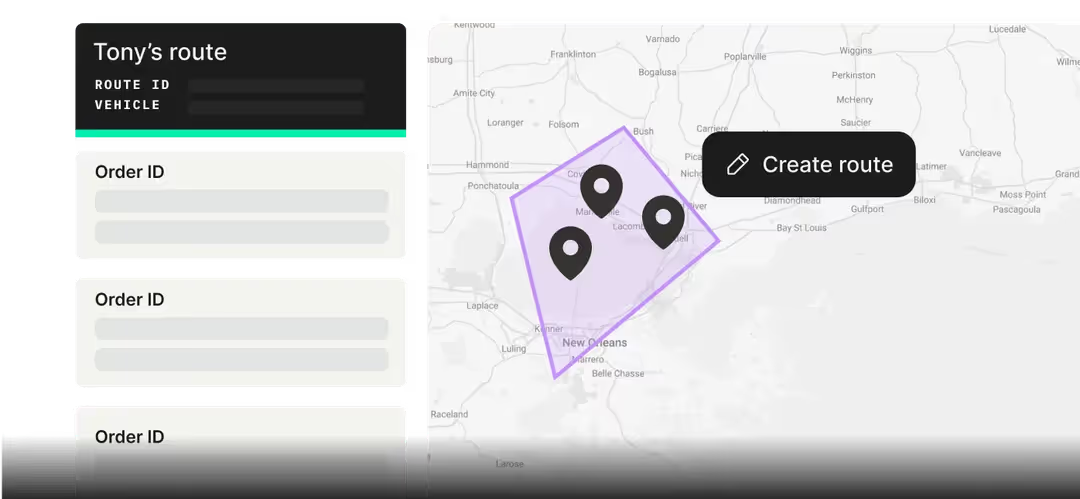
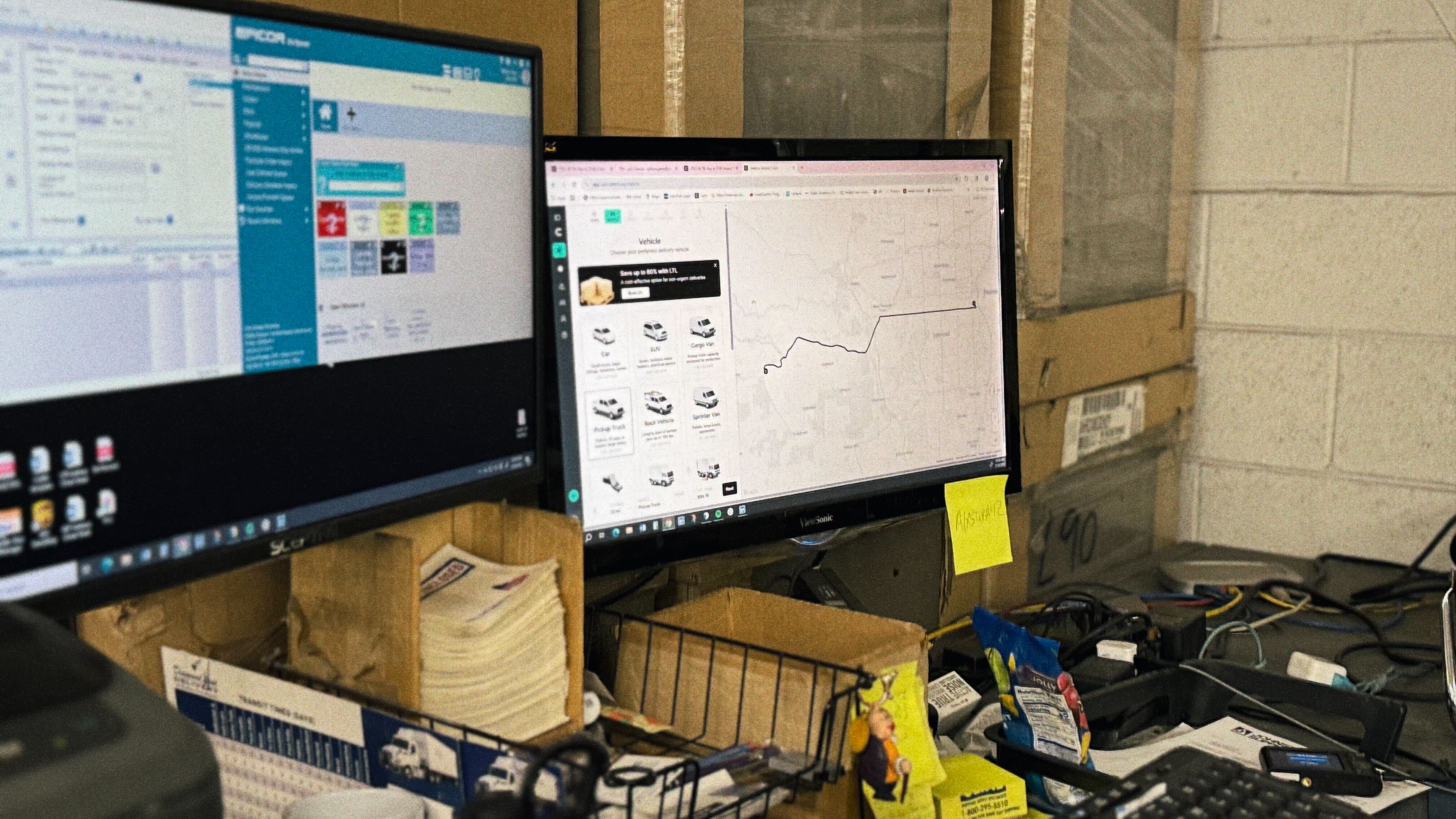
-min-min-min.avif)


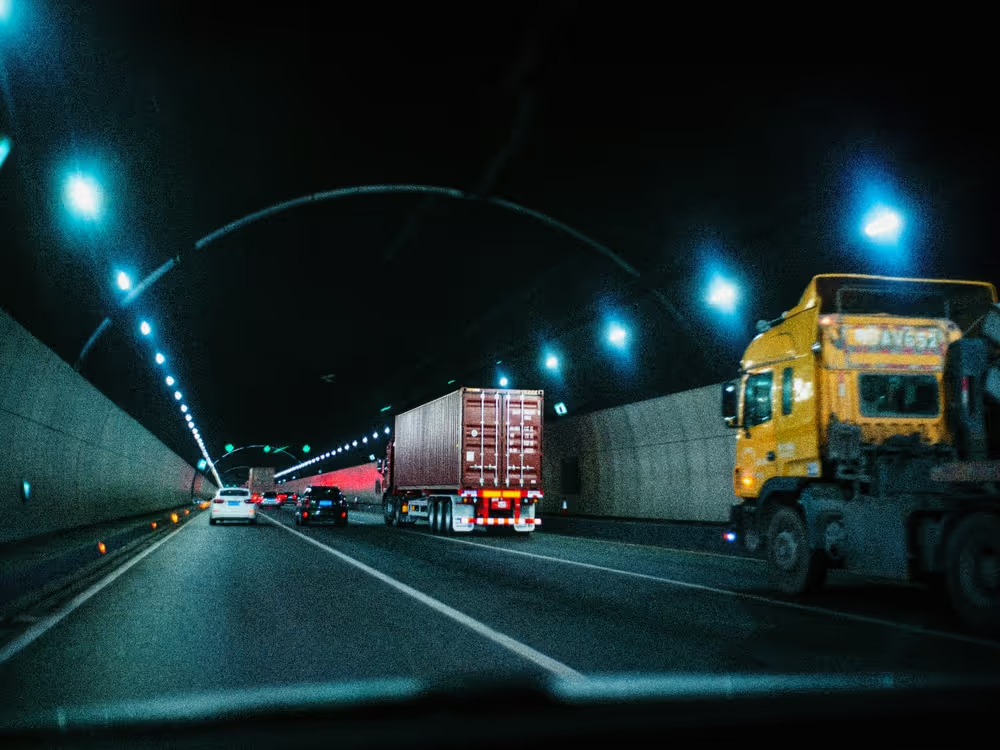
.jpeg)
-min.jpeg)
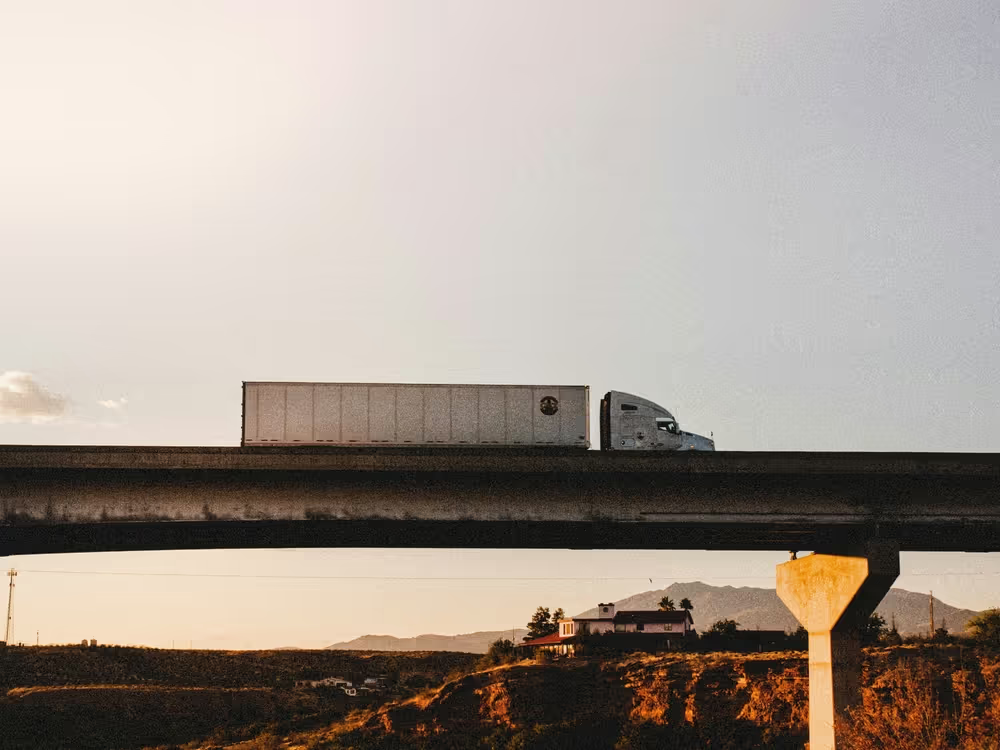

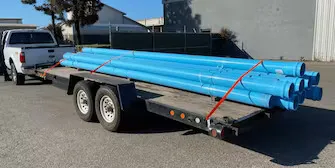
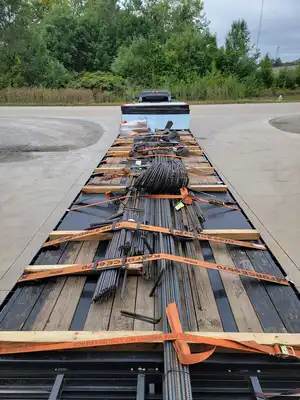

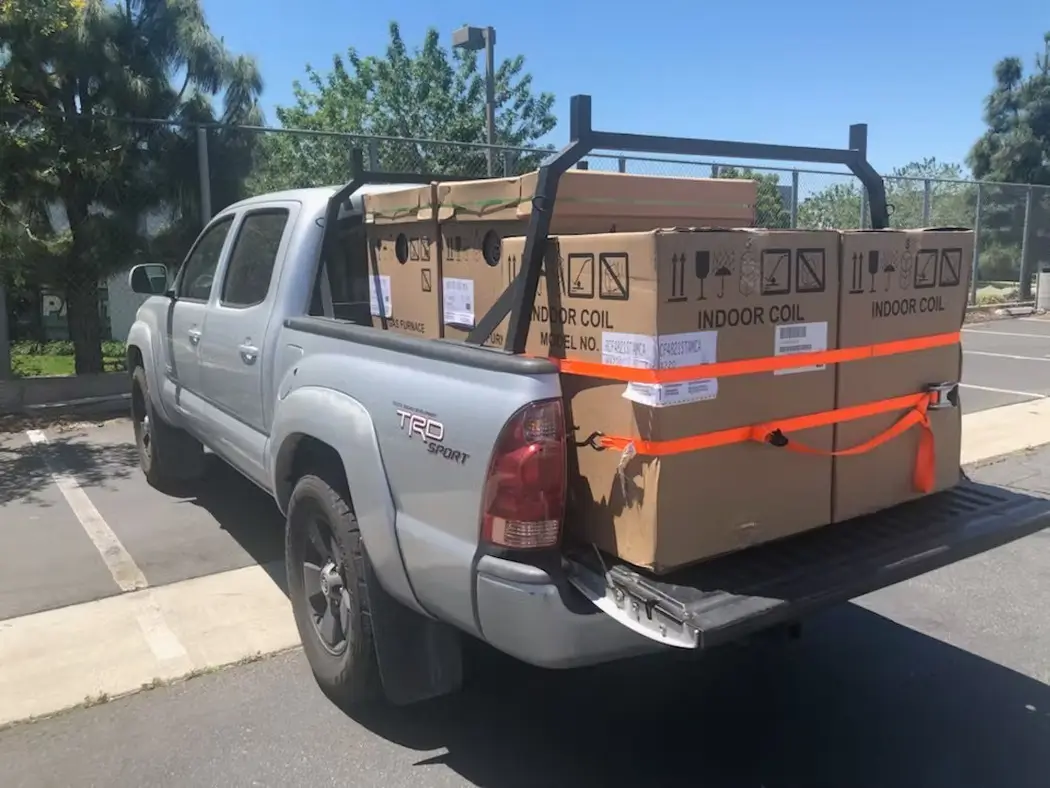
-min.webp)
.webp)
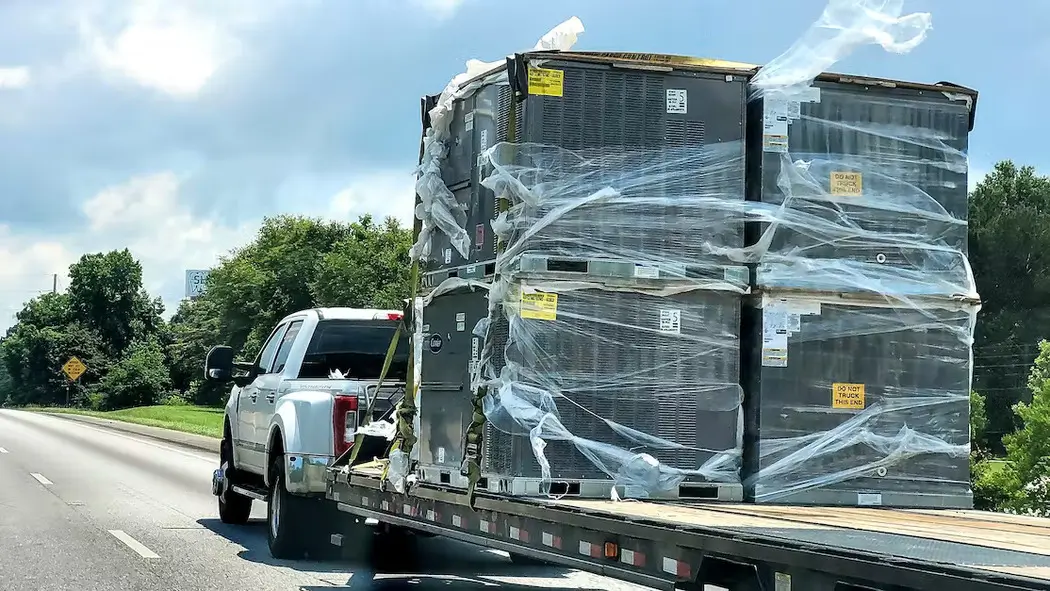
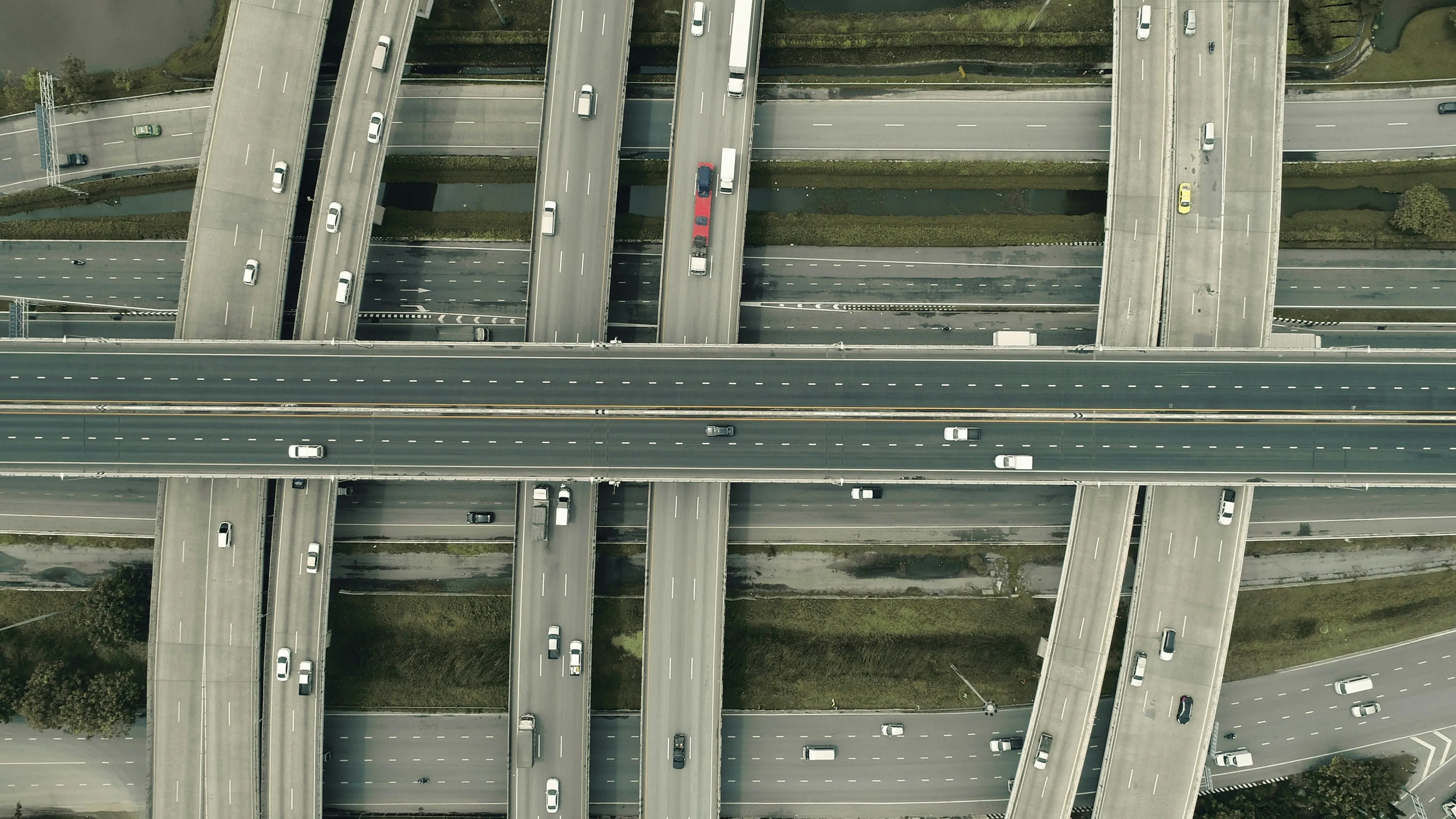



.webp)

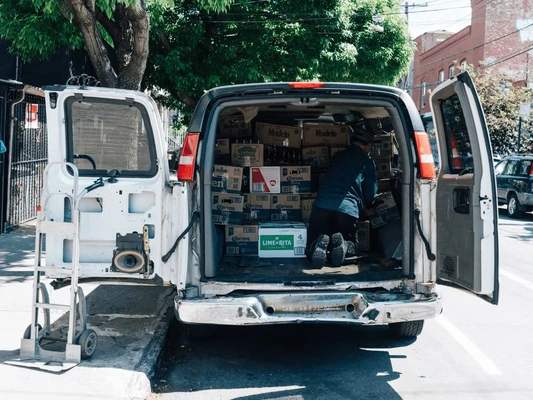

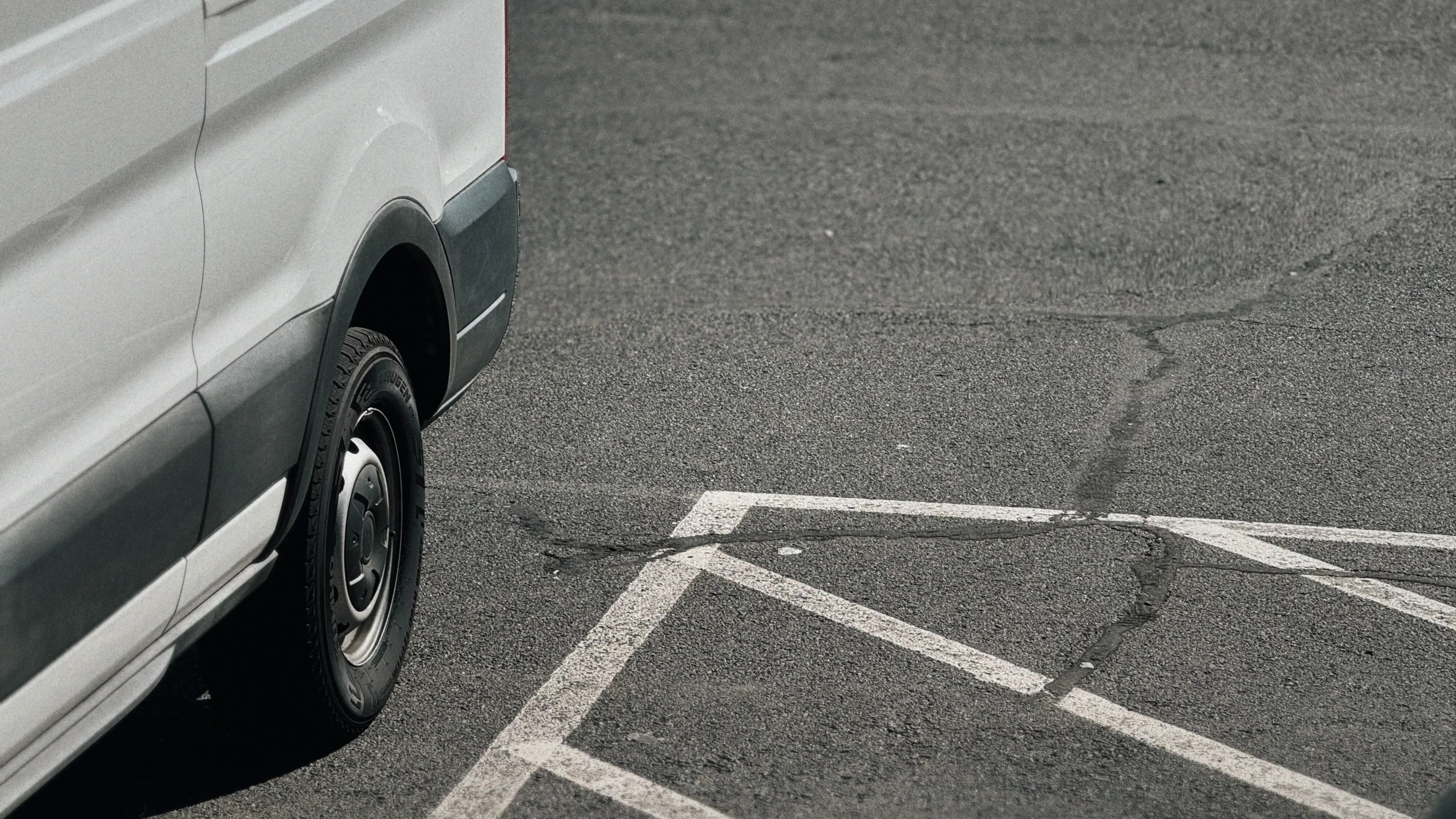
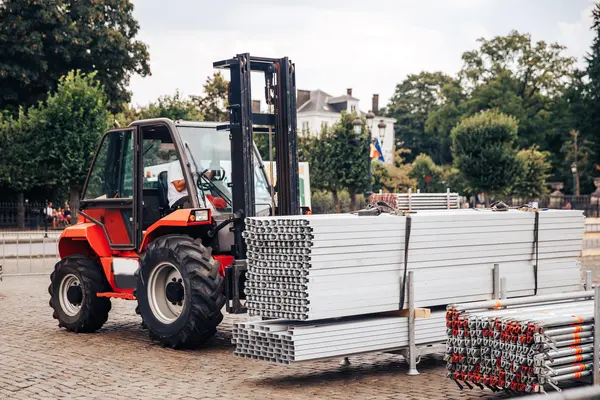

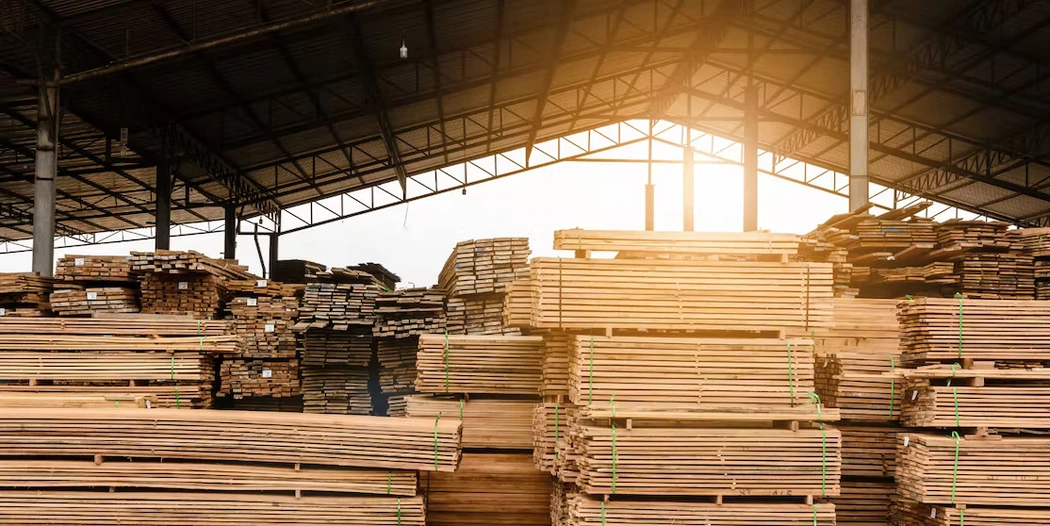




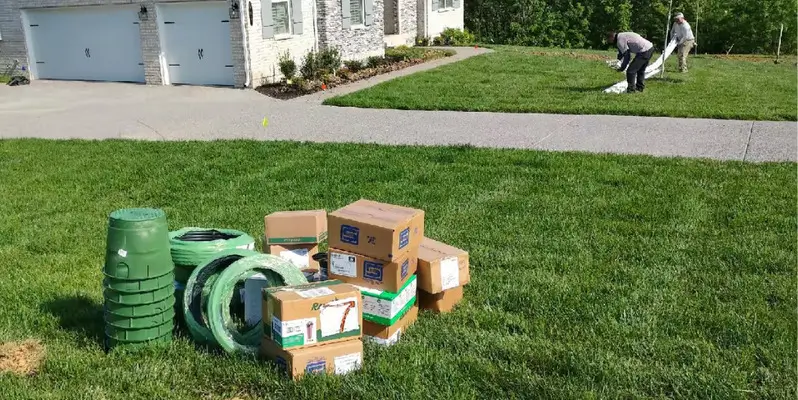
.webp)
-min.avif)


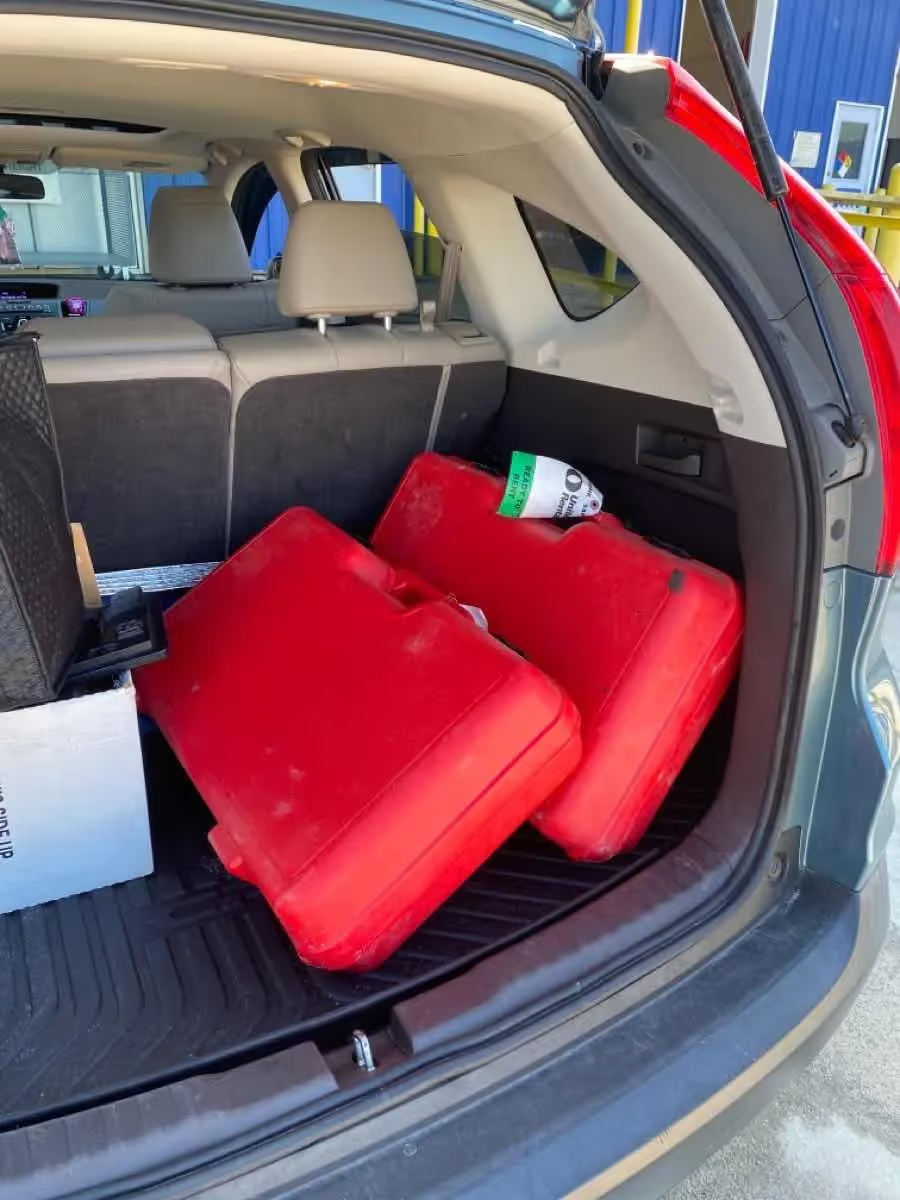

-min%2520(1).avif)

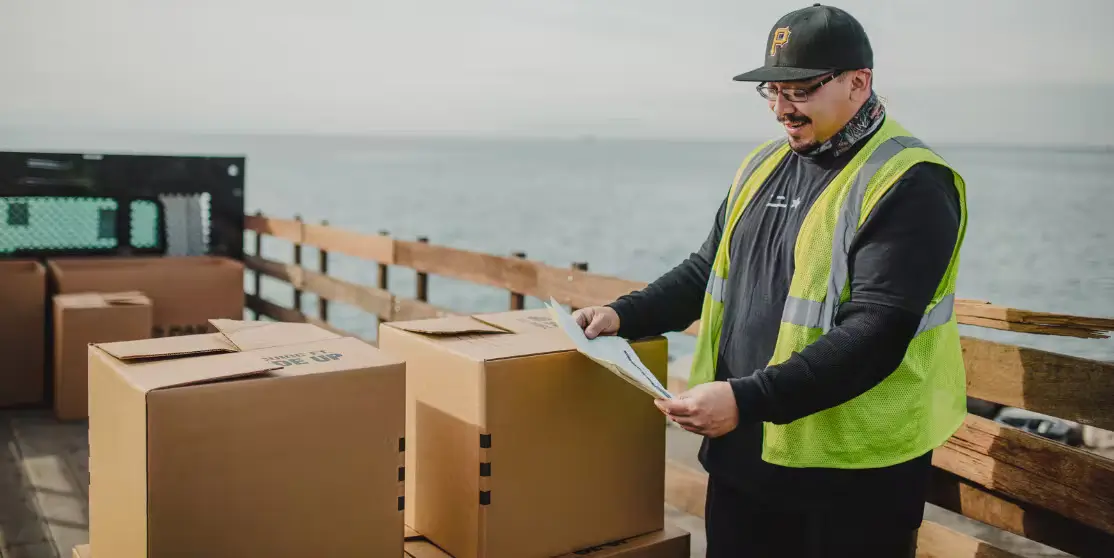
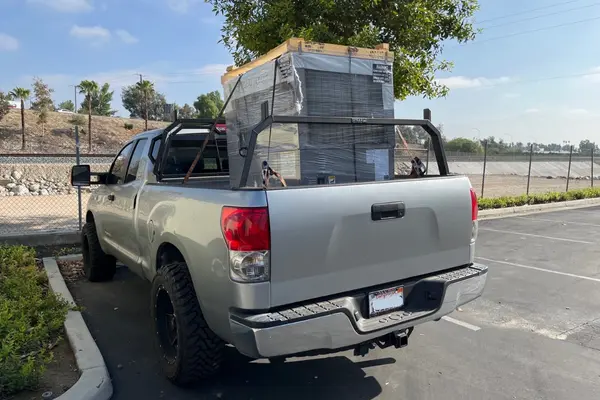


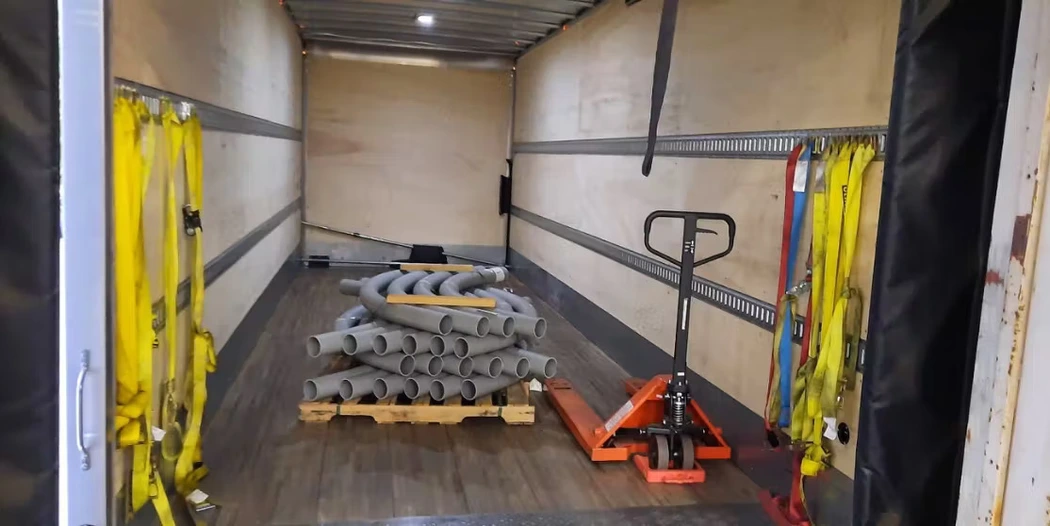
.avif)
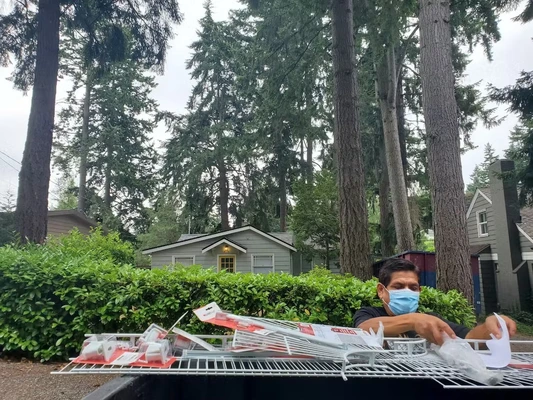

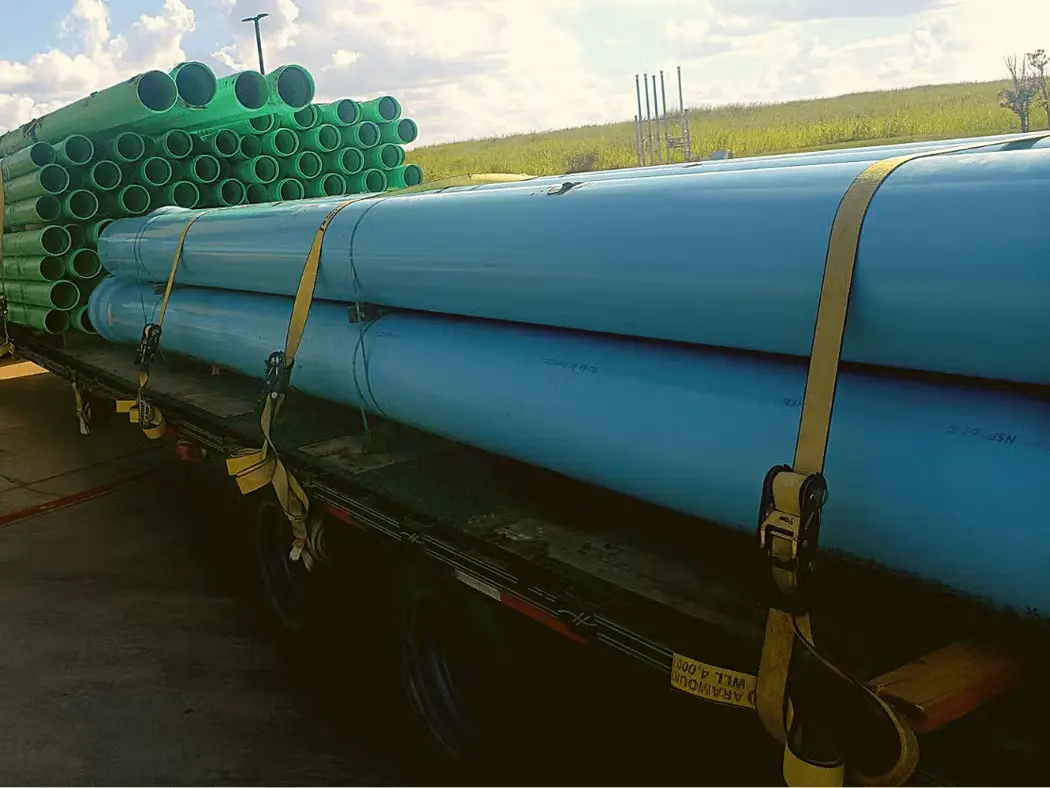

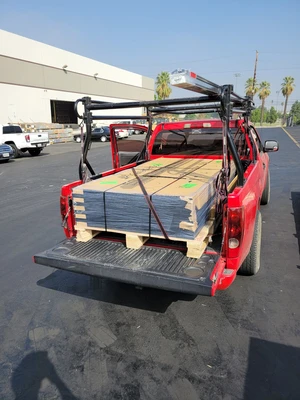
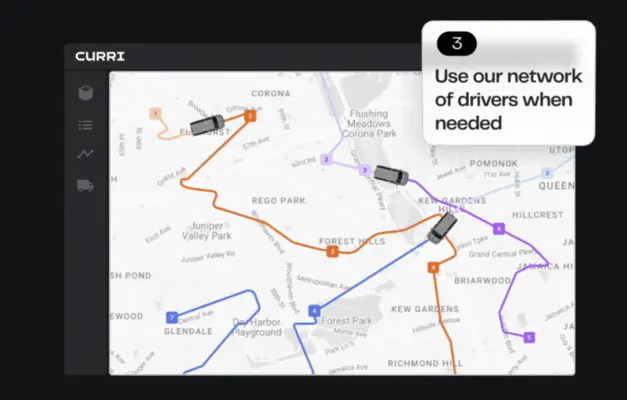


-min.avif)





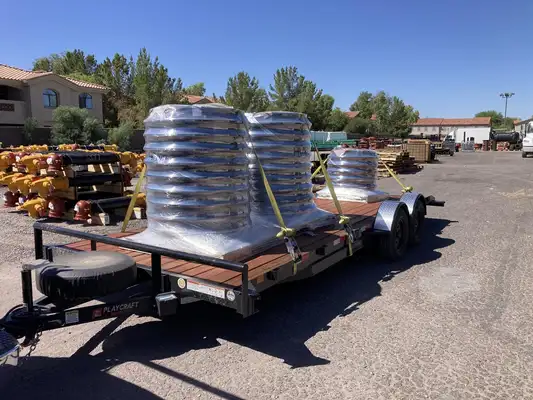
.webp)


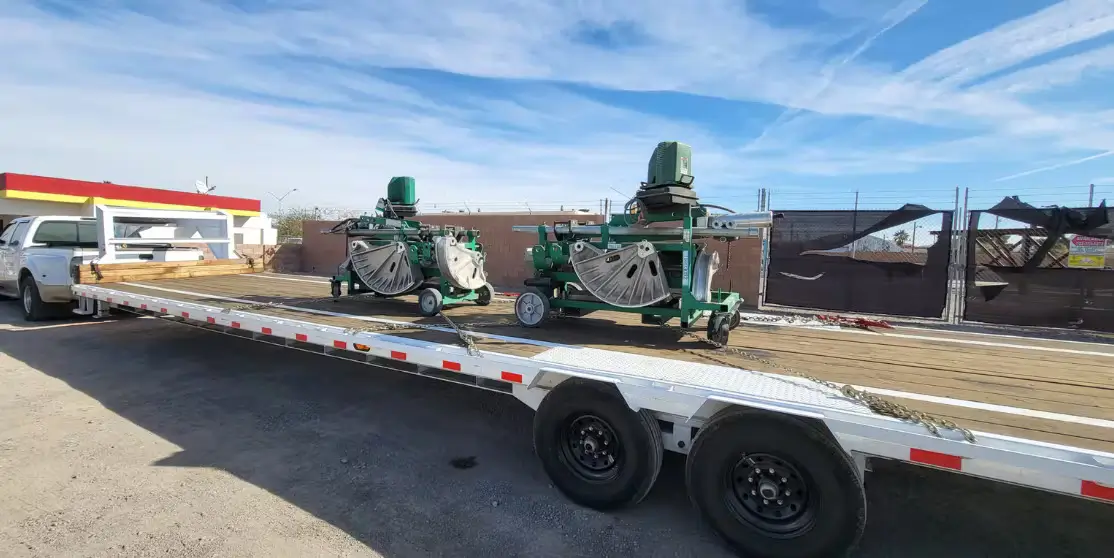
-min.avif)

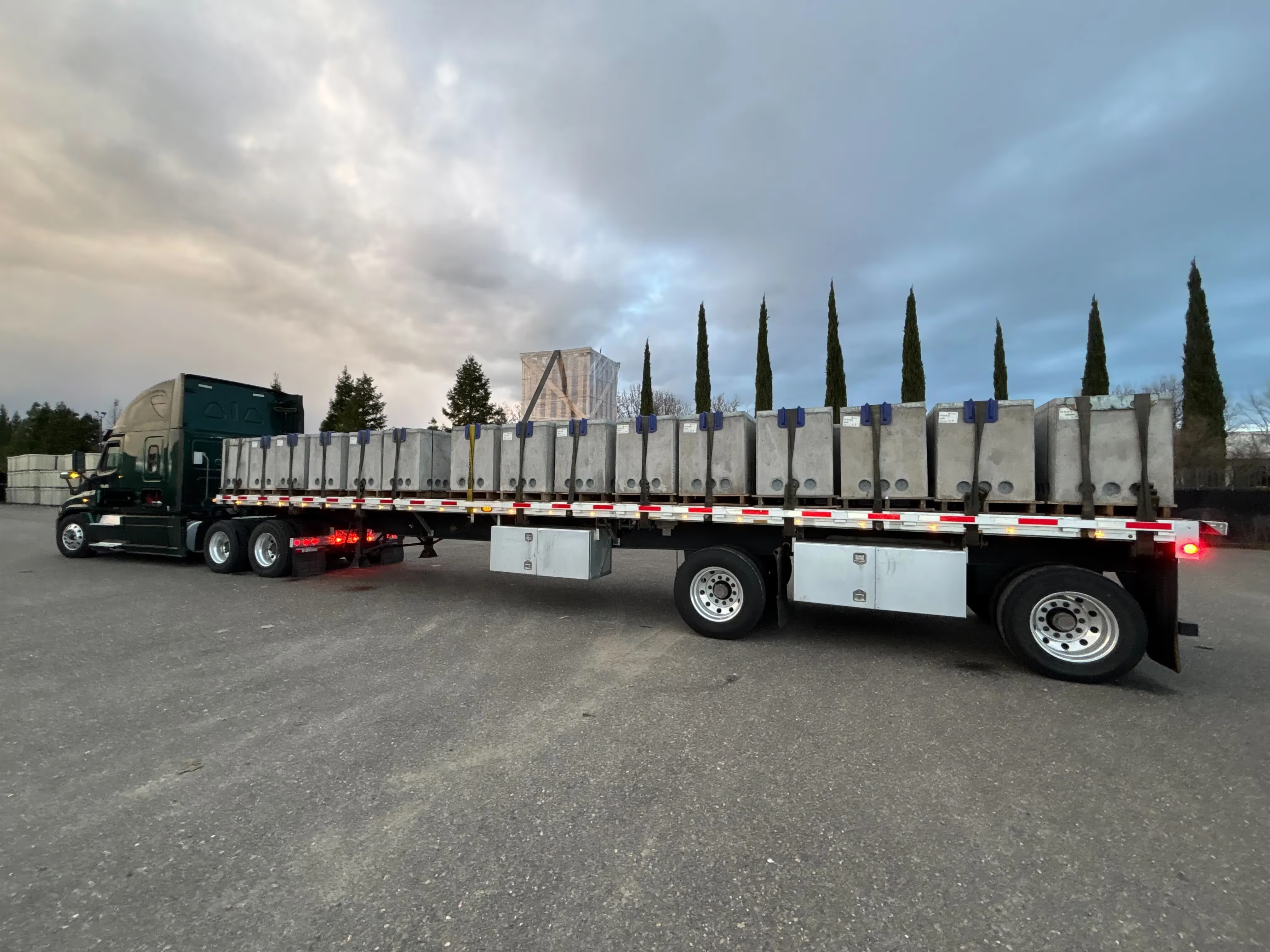

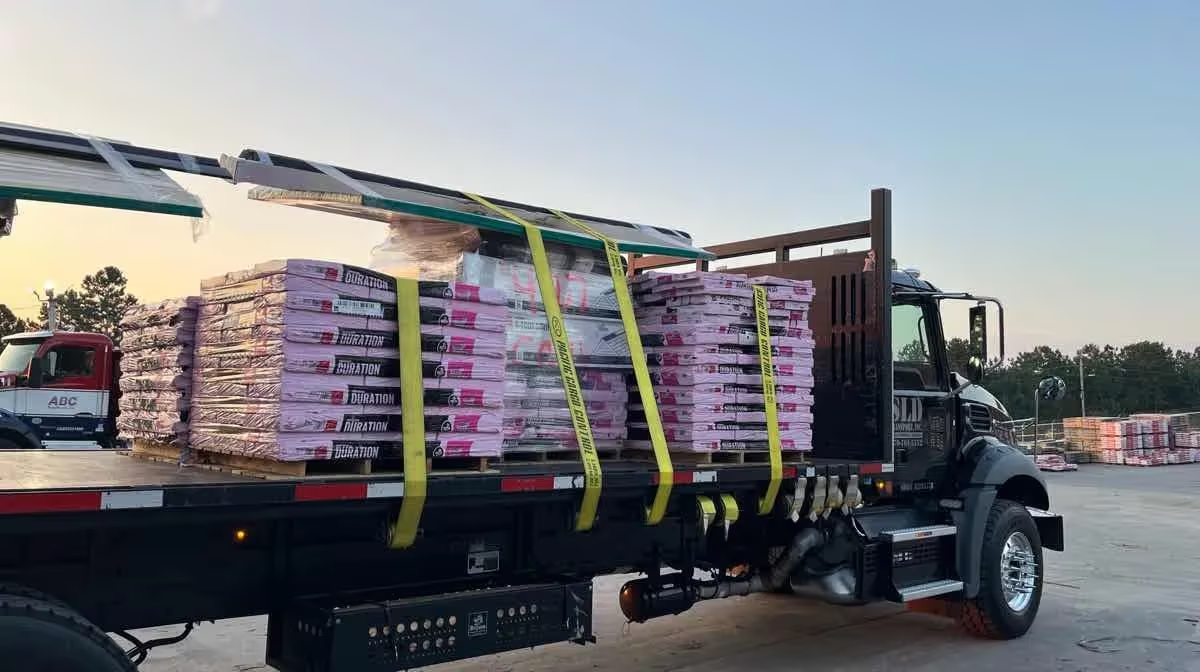
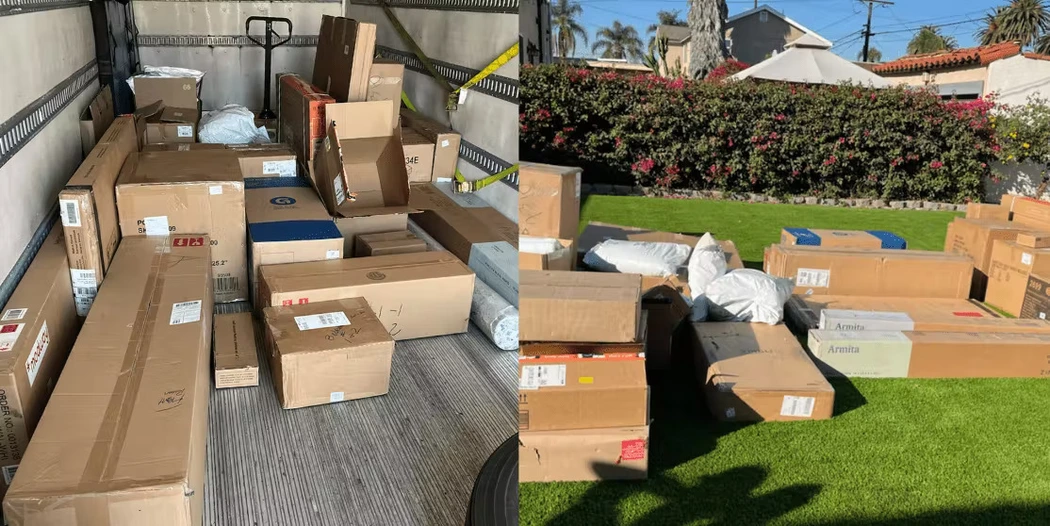
-min.webp)

.webp)
-min.webp)



.webp)

.webp)
.webp)

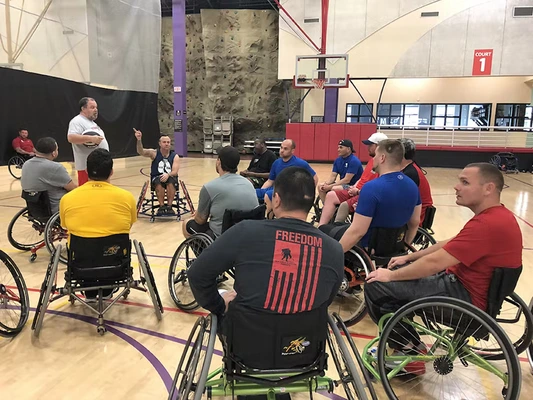
.webp)




-min.webp)
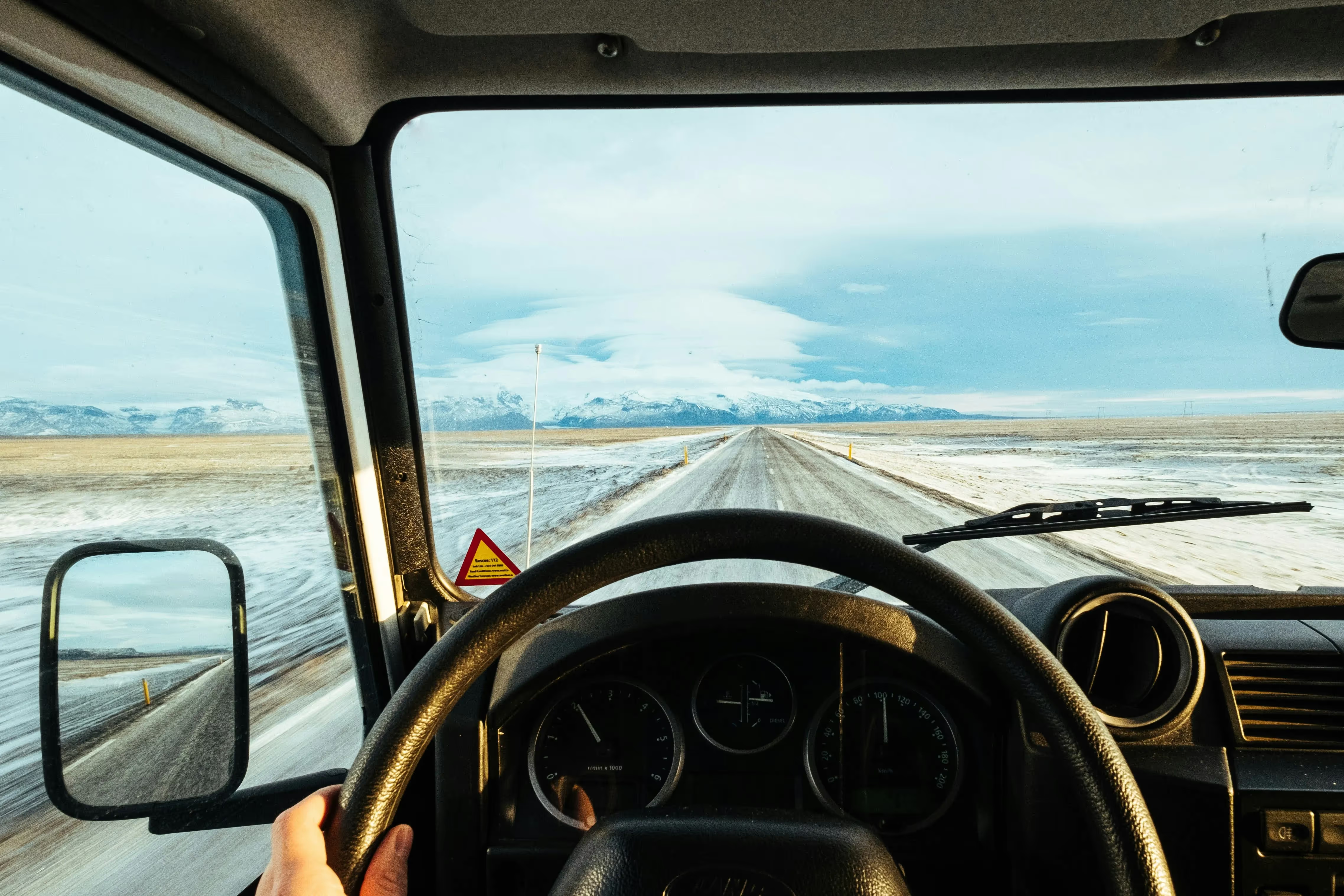
.webp)
.webp)